Session Report: Duruflé’s Requiem at Westminster Abbey
Caroline Gill
Friday, November 14, 2014
A tense recording session as soloists Christine Rice and Roderick Williams join the Choir of Westminster Abbey, the Britten Sinfonia and conductor James O'Donnell
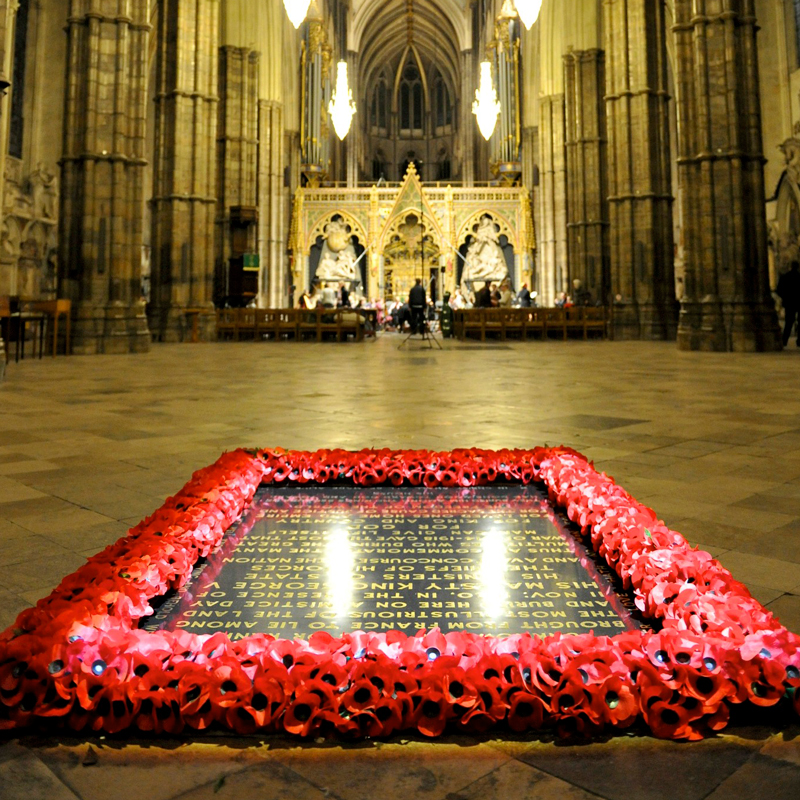
Recording sessions in Cathedrals are always uniquely contrasting affairs. The producer is usually holed-up in an improvised studio in a chapel somewhere, crowded by machinery too big for the room and far enough away from the conductor to preclude proper communication between takes beyond the talkback; it’s a bit chilly, despite the convivial atmosphere, and the ancient pavement and tombs are garlanded with incongruous cables.
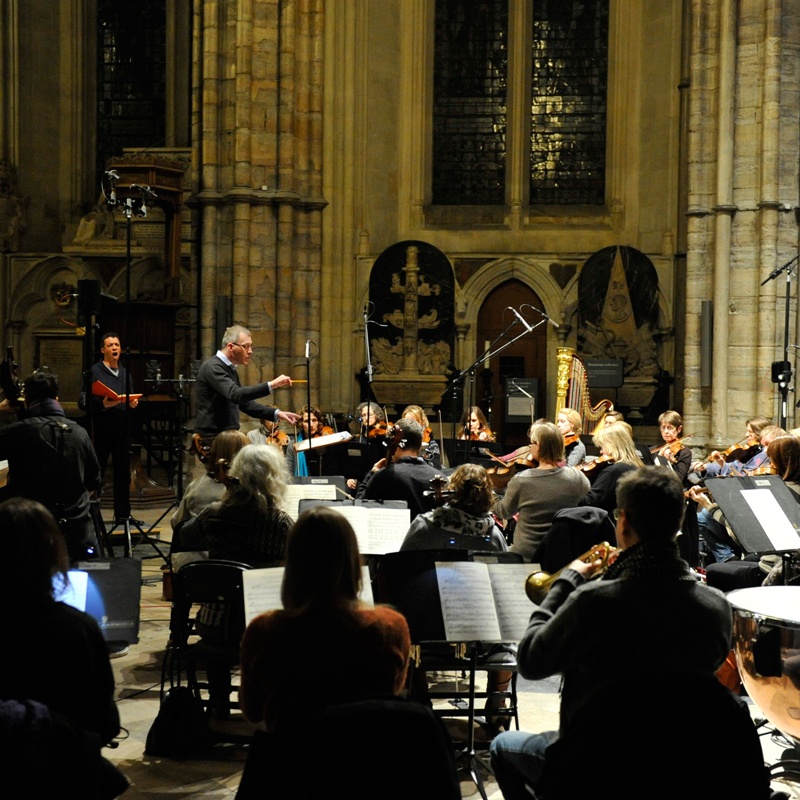
So the final session for the recording of Westminster Abbey’s ‘Music for Remembrance’ is, on the face of it, nothing out of the ordinary. In the detail, though, it is anything but: the producer sitting on the creaking rickety chair with a pencil behind his ear in the Isis side-Chapel is Adrian Peacock, probably the best-known producer of choral music in the industry, and standing in front of the Choir of Westminster Abbey, James O’Donnell, the Britten Sinfonia and the Abbey’s beautiful (if acoustically obstructive) choir screen are Christine Rice and Roderick Williams. If you like this sort of thing, it is truly a dream team.
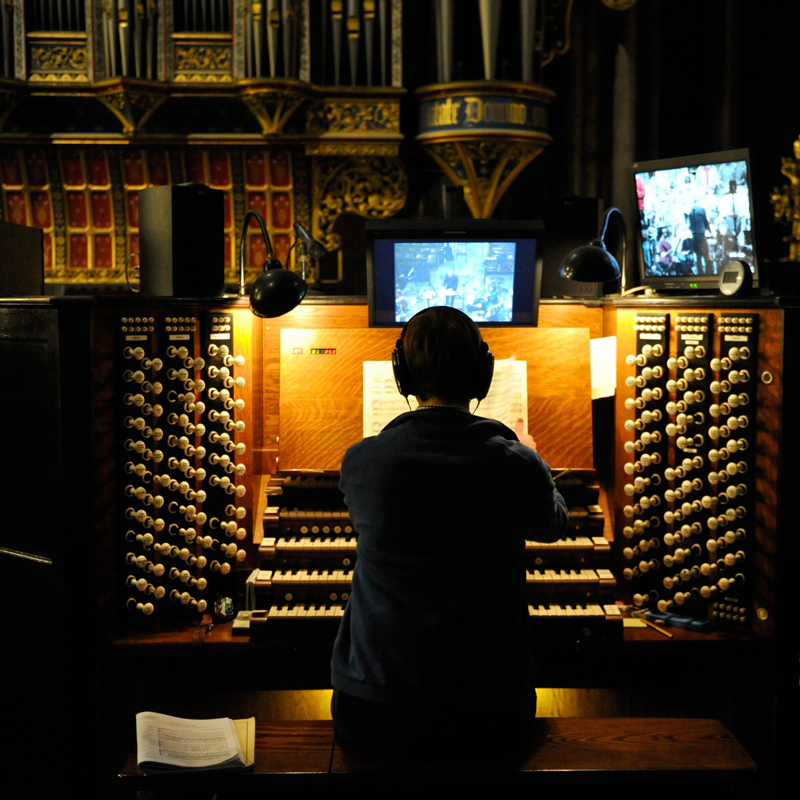
Arriving at the session and slipping into a seat at the back of the Abbey to enjoy the view as much as the sound, I am immediately struck that the orchestral sound is consolatory in its breadth and warmth in a way that I haven’t heard in other recordings of the orchestral version of the Duruflé Requiem. Whether Peacock and engineer Dave Hinitt can photograph that rainbow is one of the great challenges of recording in this building, though, and a perennial question when observing sessions of such well-known repertoire (the disc includes Howells’s ‘Take him, earth, for cherishing’ and Vaughan Williams’s ‘Lord, thou hast been our refuge’, as well as newer pieces by Tavener and Philip Moore) is whether there is space for another version in the catalogue. Looking at the personnel present, though, it is hard not to feel that that alone justifies the recording itself, but there are surprisingly few recordings available of the orchestral version in any case. The most notable is Magdalen’s version of 2008, and that presents a very different balance and combination of choir, organ and orchestra to the sound O’Donnell is plainly seeking here.
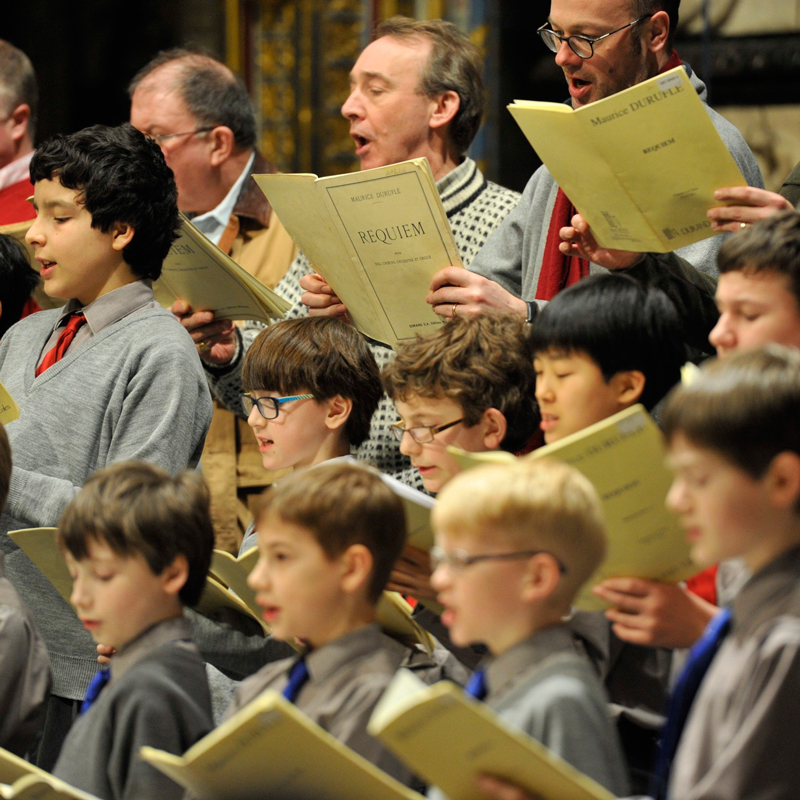
One of the difficulties with recording the choir of Westminster Abbey in an orchestral version of the Duruflé is that it is relatively small in comparison to the forces of the Britten Sinfonia. A realistic prospect, ideally, would be a group almost three times the size of the 12 men and 18 boys that make up the Abbey choir, and so the balance is therefore an unusually high priority for Peacock, as well as O’Donnell. I wonder where the tipping-point lies.
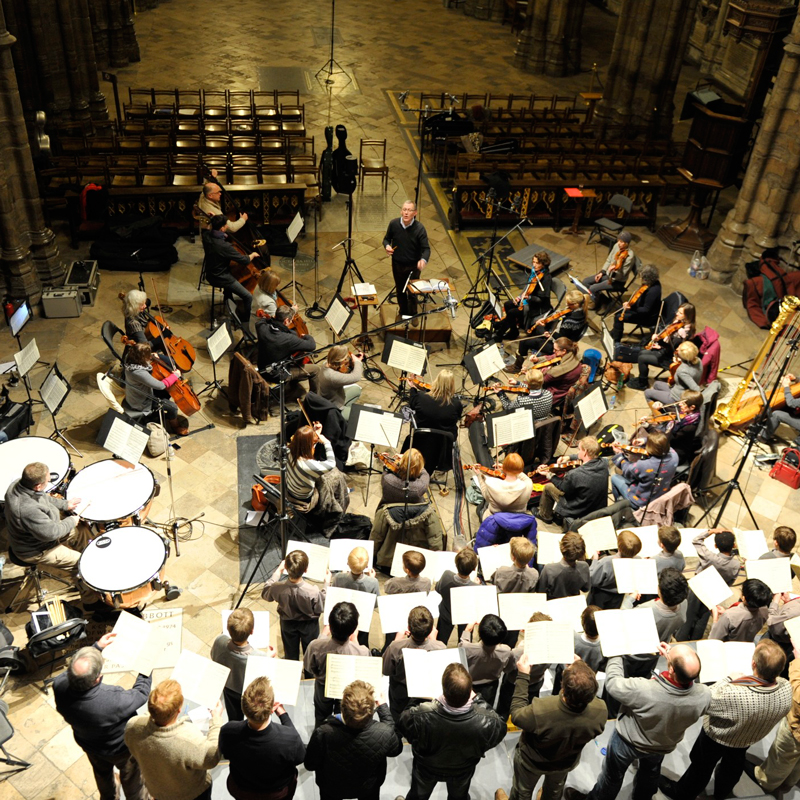
‘Well, you can’t kill the players all the time and keep saying: less, less, less,’ says Peacock. ‘There comes a point then that the energy level will go out of their playing. That can be a bit tricky, but they did incredibly well.’
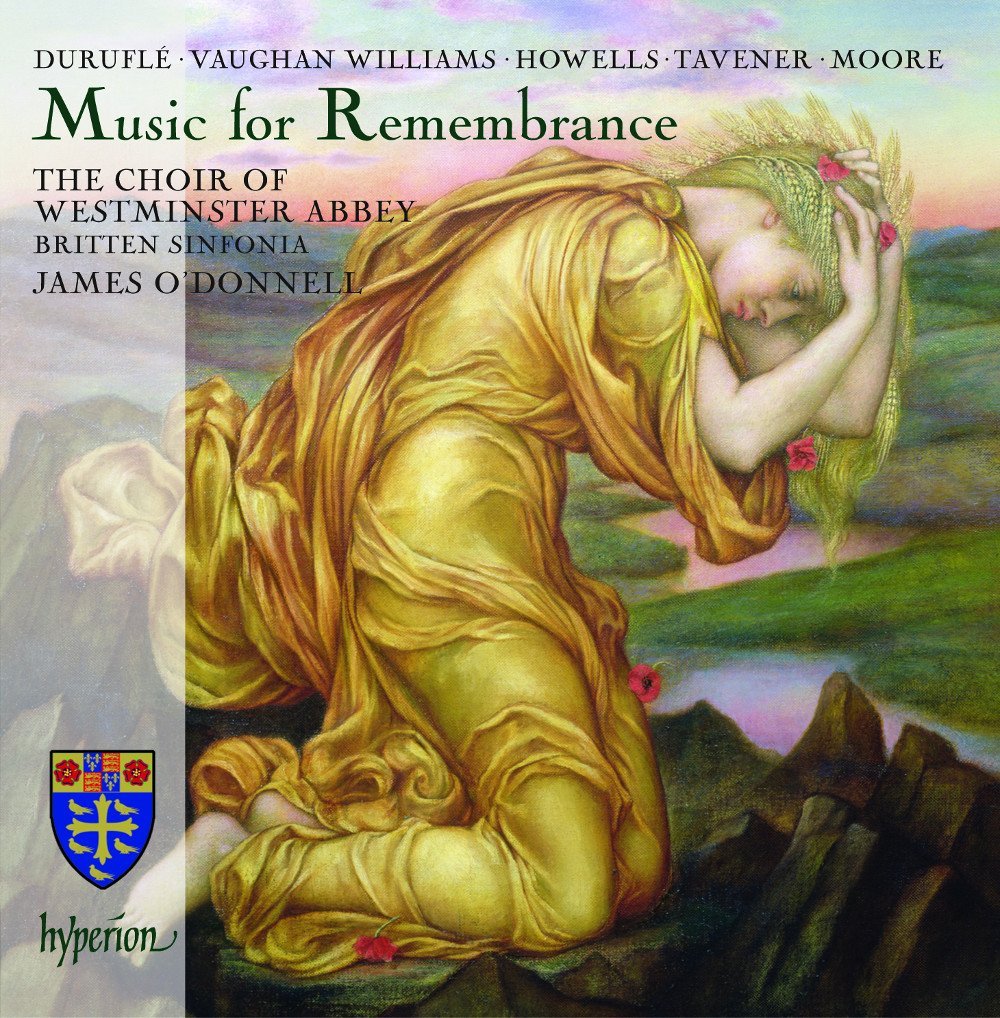
Not just the orchestra, but Robert Quinney, the Sub-Organist. The Duruflé is his final recording with Westminster Abbey choir before setting off to become Director of Music at Peterborough Cathedral (he has since moved on again to become Associate Professor, Tutorial Fellow and Organist of New College, Oxford), and it’s hard not to wonder whether that particular piece is there to capture on disc his skill with the notoriously capricious Abbey organ. It is an instrument that players frequently comment needs less input, not more, to do justice to its sensitivity within the sepulchral acoustics of the building. It is immediately noticeable – that satisfying rumble underfoot that can only be generated by the pedals of the most powerful of organs, but with manuals running above with liquid clarity in an obvious and profoundly skilled contrast whose sound Hinitt is managing to direct into perfect perspective with the choir and orchestra.
Despite the usual good humour running between the back rows of the men and the companionable seriousness of the relationship between O’Donnell and Peacock, it is clear once the session finishes that the atmosphere has been surprisingly tense. Producer and conductor have been relaying to each other more than usual and, as it turns out, there had been some generalised tuning issues that were accounting for the time pressure – ‘pitches of organs are minutely affected by humidity and temperature, so for people to play with an organ and tune with it there is an immoveable object to get round,’ says O’Donnell, ‘but one just gets on with it.’ He was also concerned that the choristers were not kept up past their bedtime. Any divinable anxiety is only manifest as an increase in intensity of concentration, though – especially on the part of O’Donnell, whose demeanour simply becomes calmer as the time drains away.
‘The end of the session is the end of the session,’ he says. ‘I spend my life working against the clock, and people don’t make good music if they’re under pressure. If you stay calm it gives everyone a sporting chance of getting on with it.’
Four Duruflé Requiem recordings
Choir of Westminster Cathedral
Hyperion CDA66757. Gramophone review
This is one of the best boys’ choir recordings made with the organ version, and one of the last recordings James O’Donnell made before moving from Westminster Cathedral to Westminster Abbey. The broad choral sound sits beautifully in the building’s ethereal acoustics.
Vasari Singers / Jeremy Backhouse
Signum SIGCD163. Gramophone review
Although the Vasari Singers are an amateur choir, they always sing with enormous professionalism, and this performance is one where there is in particular commitment to a sinuous sound.
Corydon Singers / Matthew Best
Hyperion CDA66191. Gramophone review
For years this was the standard-bearer for the orchestral version of the Duruflé Requiem. It is the version for small orchestra and organ, which retains an intimate-yet-powerful sense that is very moving.
The Gents / Peter Dijkstra
Channel CCSSA22405. Gramophone review
The acoustics are the most appealing element of this recording (neither too close nor too bath-like), although the blend and ensemble also create an intimacy that illustrate with great clarity the group’s corporate understand of the piece. This is, for me, a particularly thoughtful reading of the work.
Recording session details
Repertoire Maurice Duruflé's Requiem
Artist Choir of Westminster Abbey / Britten Sinfonia / Christine Rice / Roderick Williams / Robert Quinney / James O’Donnell
Venue Westminster Abbey, London
Producer Adrian Peacock
Engineer Dave Hinitt
Label Hyperion
Session Dates February 2013











